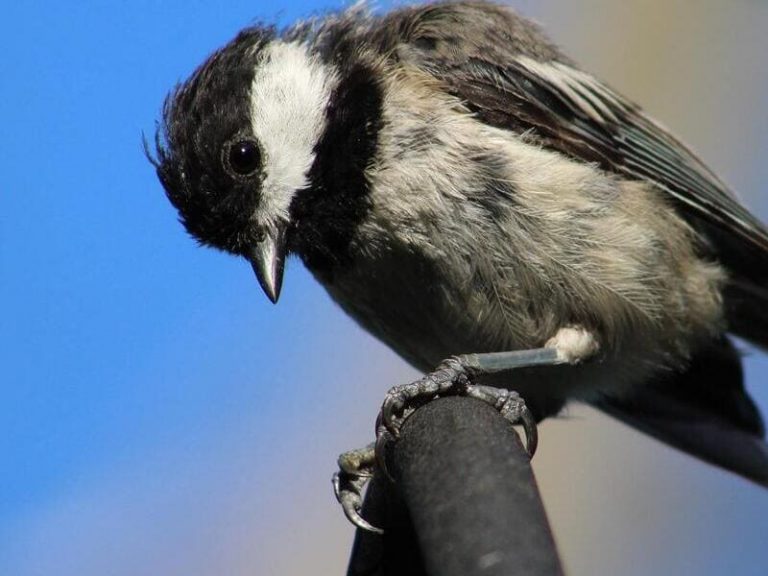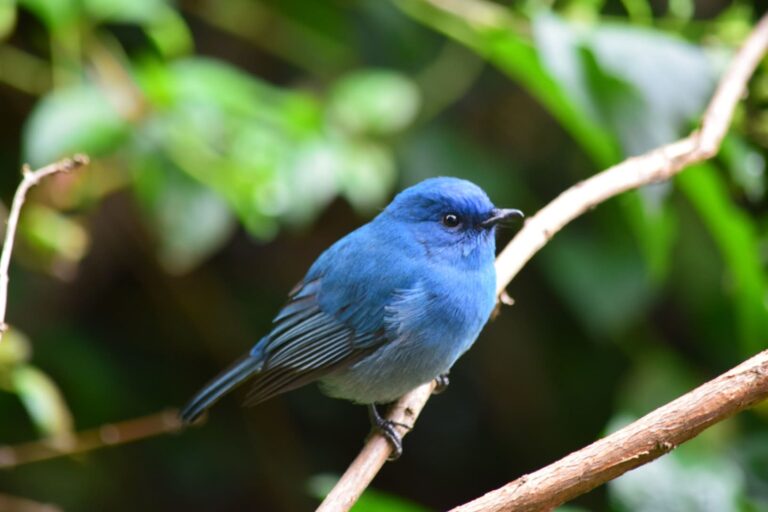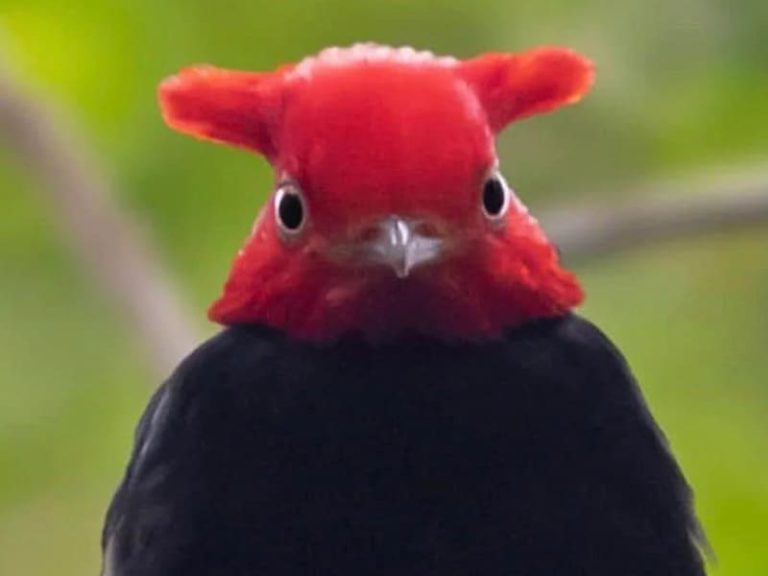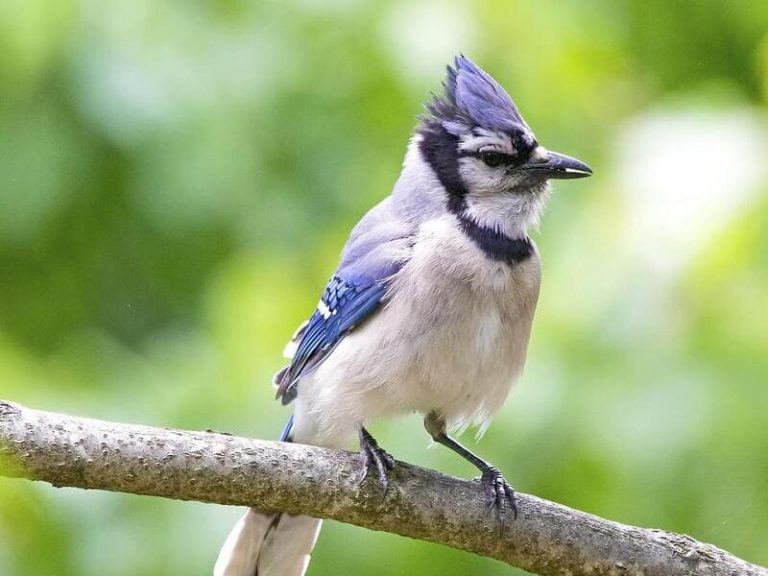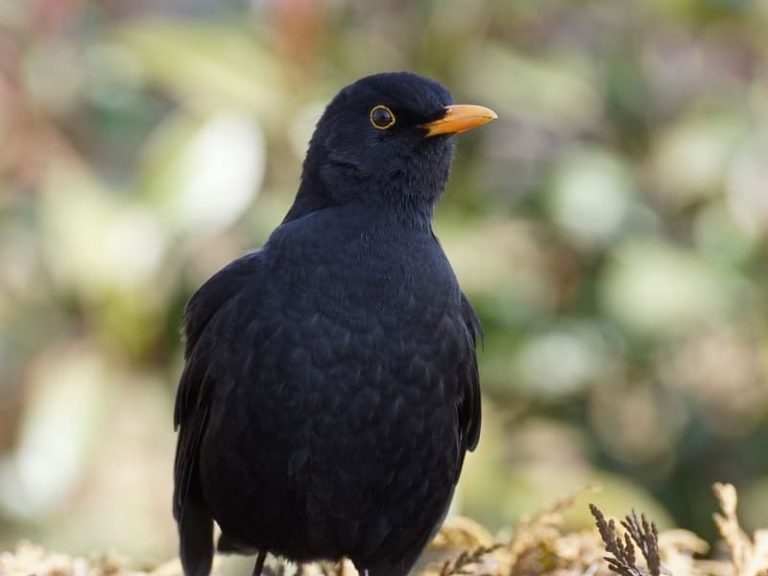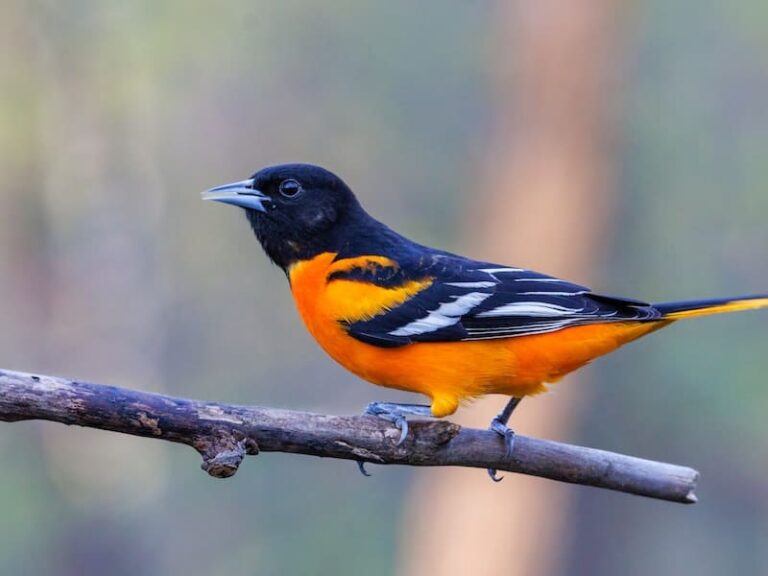What’s The Difference Between A Vulture And A Buzzard?
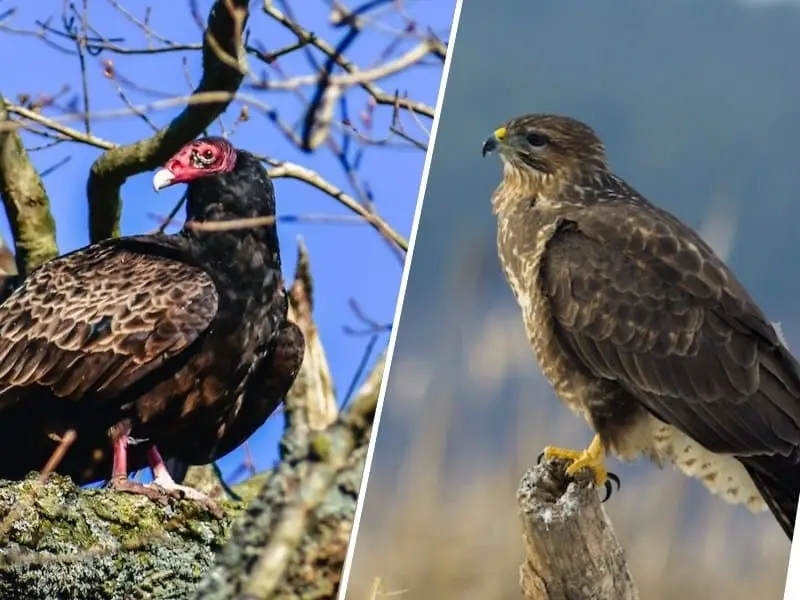
If you are having a problem differentiating between a vulture and a buzzard and want to know what’s the difference between a vulture and a buzzard, then this article will definitely help you.
A lot of people are facing this confusion, so you are not the only one. Many people think that they are the same thing, but this is not true.
Buzzards and vultures resemble a lot in habits, size, and food choices. This is why many people find it hard to differentiate between them. But there are many differences between them, and today we’ll explain those differences.
In this blog post, we will discuss the differences between these two types of birds. We will also look at their similarities and how they differ in terms of their diet and habitats. So Let’s begin.
Differences Between Vultures and Buzzards
There are several key differences between vultures and buzzards that help to distinguish these two types of birds.
- Appearance – The most obvious distinction is in their appearance, as vultures have distinct featherless heads, while buzzards usually have feathered heads.
- Size – Vultures tend to be larger than buzzards, typically measuring three to five feet in length.
- Elevations – Another difference is that vultures typically live at much lower elevations than buzzards, whereas buzzard populations span a wider geographical range across a variety of altitudes.
- Hunting – Several species of vultures feed almost exclusively on carrion, while many types of buzzards are known to hunt for their own prey.
Clearly, there are many subtle variations between vultures and buzzards that set these animals apart from one another. Let’s discuss what’s the difference between a vulture and a buzzard in detail.
What Is a Vulture?
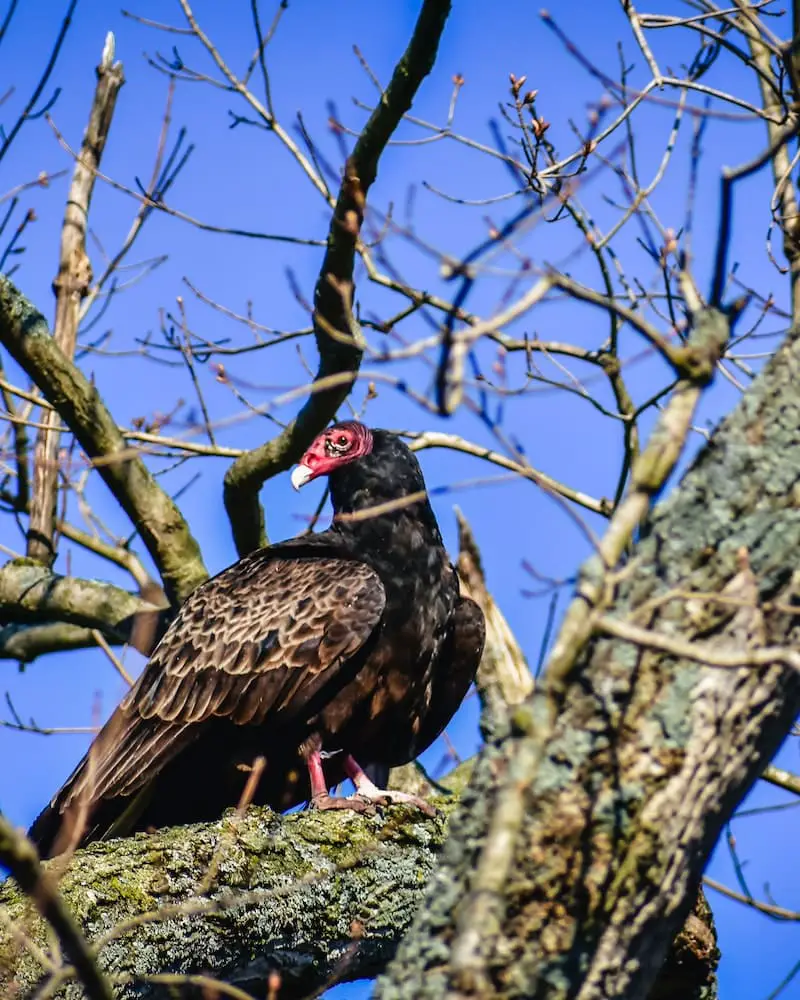
A vulture is a large, scavenging bird of the family Accipitridae. The two types of vultures are Old World vultures, which are found in Africa, Asia, and Europe, and New World vultures, which are found in the Americas.
What Is a Buzzard?
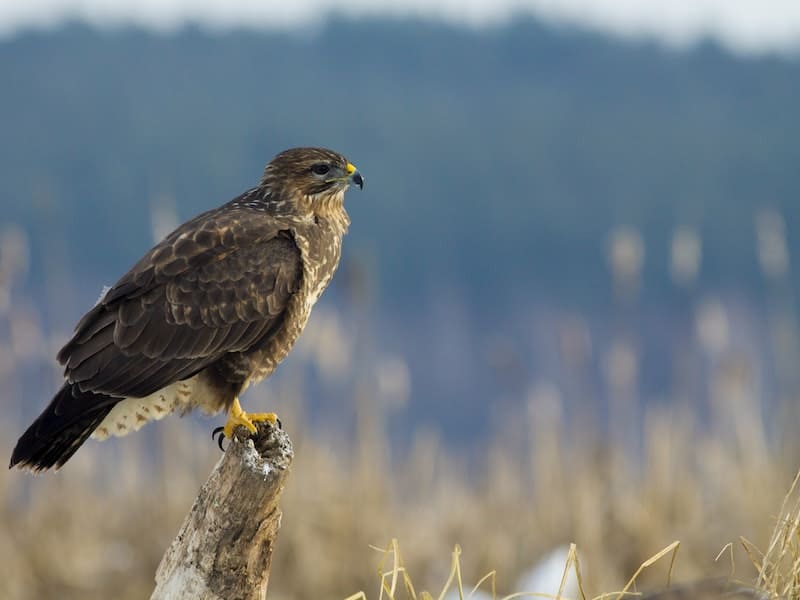
Buzzard is a medium-sized bird of prey that is found throughout most of the world. They have broad wings and a long tail, and are typically brown or black in color. Buzzards feed mainly on small mammals, birds, and reptiles but will also eat carrion (dead animals). They are typically solitary birds but can be seen in small flocks during the winter.
Similarities Between Buzzards and Vultures
There are many similarities between buzzards and vultures, although these birds are often mistaken for one another.
- Both buzzards and vultures are known for their fierce scavenging habits and sharp talons, which enable them to tear apart their prey with ease.
- In addition, both species tend to stick to a wide range of habitats, from grasslands and woodlands to deserts or seashores.
- Finally, both buzzards and vultures exhibit an impressive aerial prowess, using their powerful wings to glide and soar over long distances on even the slightest breeze.
So why is there confusion between the two?
There is confusion between the buzzards and vultures because they are both scavenging birds of prey. However, buzzards have broader wingspans and typically hunt during the day, whereas vultures are more slender with narrower wingspans and are typically more active at night.
Additionally, the two species can be differentiated by their respective calls. Buzzards give a high-pitched whinny, whereas vultures give a low-pitched hiss.
Vultures Can Be Called Buzzards?
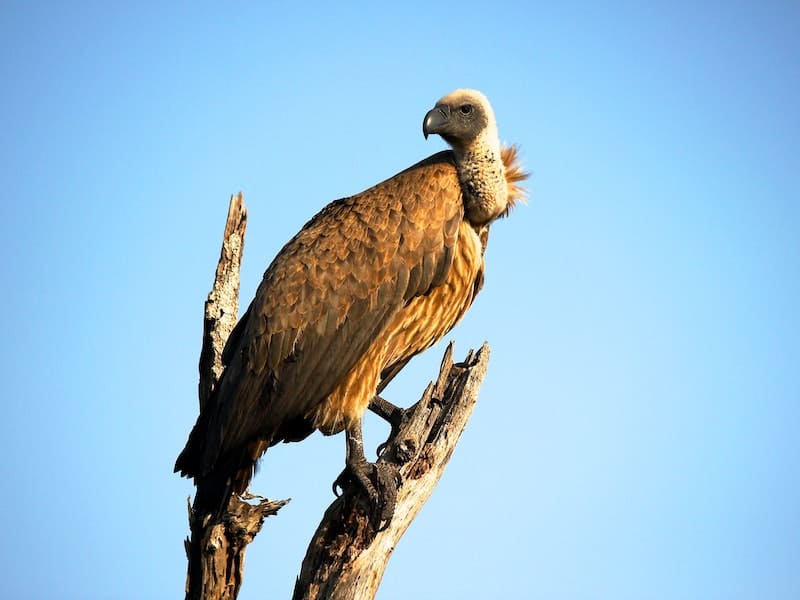
The term “buzzard” is often used interchangeably with “vulture”, but there are a few key differences. Both buzzards and vultures are raptors (birds of prey), but buzzards have different wingspans than vultures. So overall, buzzards are considered to be more predatory birds than vultures.
Regional Differences?
There are several differences between buzzards and vultures, the most notable of which is their wingspan.
Buzzards have a wingspan of about 4-5 feet, while vultures have a wingspan of 6-7 feet or more. Vultures are also typically much larger than buzzards, with some species weighing up to 15 pounds. This shows what’s the difference between a vulture and a buzzard.
Tip To Identify Between A Vulture And A Buzzard
Buzzards and vultures are both birds of prey, but they can be easily distinguished by their size and shape. Vultures are much smaller, with slender wings and a long tail. Buzzards are generally larger birds with broad wings and a bulky body.
Identifying Buzzards vs. Vultures
Identifying buzzards and vultures may seem like a simple task at first glance, but in fact, these two species are often confused with one another. By looking carefully at a bird’s coloring, size, and behavior, it is possible to accurately distinguish between a buzzard and a vulture.
- For starters, buzzards typically have dark brown or black plumage with lighter-colored feathers around their head and neck. By contrast, vultures are typically much paler in color, sometimes appearing almost white in some parts of their body.
- Additionally, while vultures tend to soar high in the sky when they are on the lookout for food, buzzards often remain at lower altitudes and can also be found perched on branches or pulling at prey on the ground.
So, by paying attention to key physical characteristics such as coloration and wing span as well as behavioral cues such as flight patterns and feeding habits, it is easy to discern between a buzzard and vulture and identify which bird you are seeing in your backyard or local park.
Physical Differences in Vultures and Buzzards
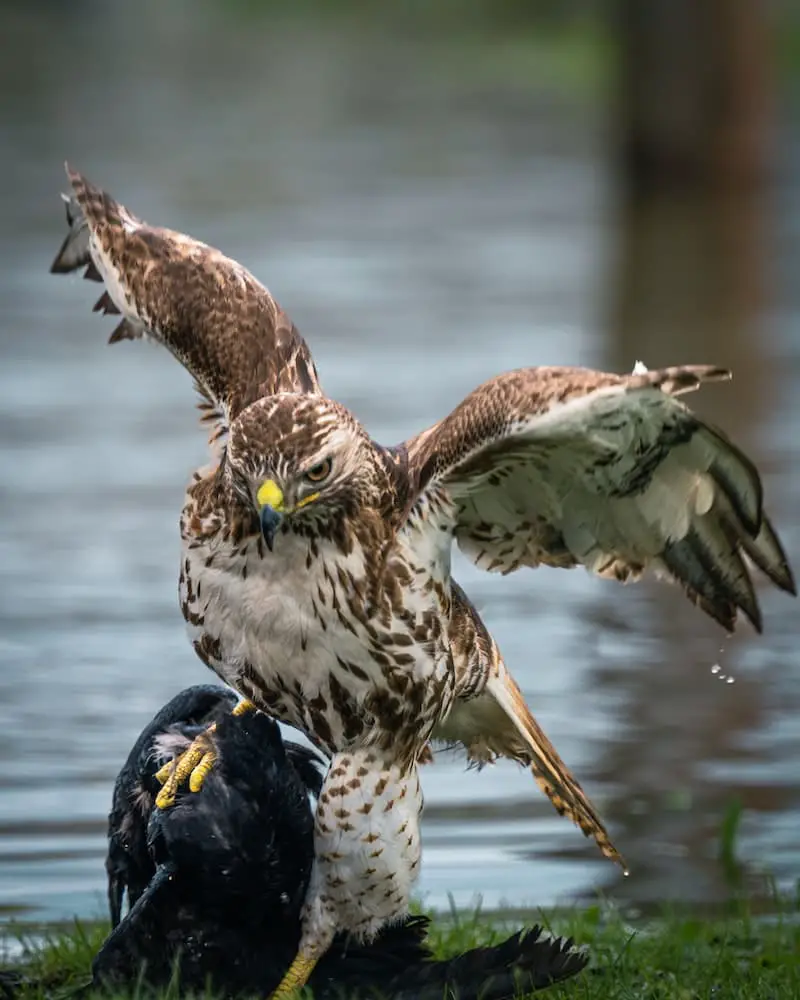
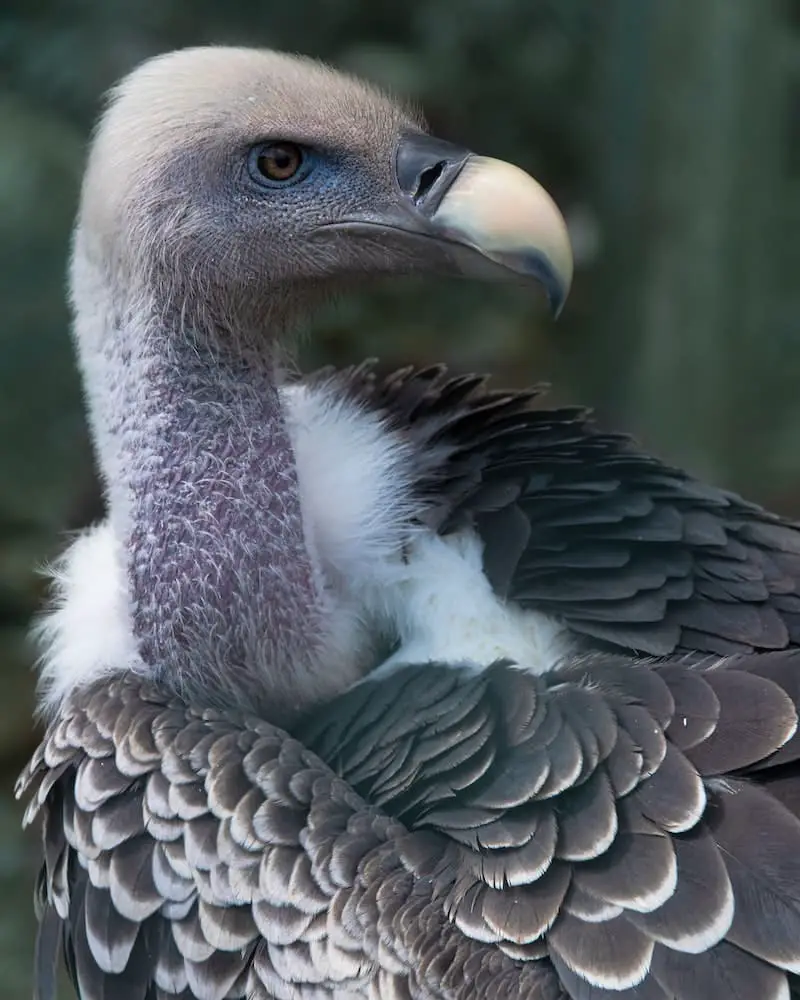
Despite many remarkable similarities, it is important to note that there are also some key differences between buzzards and vultures.
- For instance, while most vultures feed primarily on carrion, buzzards will typically hunt down their prey themselves.
- Additionally, while vultures have bald heads with large beaks that resemble a skull, buzzards have feathered heads with hooked bills, more like those of eagles or hawks.
Now, let’s discuss what’s the difference between a vulture and a buzzard keeping in view their physical appearance and habits.
Senses of Vultures and Buzzards
Vultures and buzzards are two types of birds with unique senses that help them to survive in a variety of habitats.
1 – Eyesight: Vultures have excellent eyesight that allows them to spot prey from great distances, even in dark and foggy conditions.
2 – Hearing: Vultures have sensitive hearing that allows them to perfectly track the sounds of their next meal. Meanwhile, buzzards are famed for their sense of smell, which is far superior to that of many other bird species.
Thanks to these different sensory skills, vultures and buzzards can thrive in a wide range of climates and environments. Whether they’re scavenging on a dead animal or hunting through open fields, these birds are equipped with all the tools they need to succeed.
Habitat Differences
There are many different types of vultures and buzzards in the world, each with its own unique range of habitats and behaviors. One of the most noticeable differences between these species is their use of habitats.
Vultures are typically found in more open areas, where they can soar high above the ground in search of food. In contrast, buzzards prefer to stay closer to the ground and tend to shy away from large expanses of exposed space.
This preference for habitats near trees or other tall structures also means that buzzards will typically roost in trees or on cliff faces at night to avoid potential predators.
This thing clearly explains what’s the difference between a vulture and a buzzard. Overall, both vultures and buzzards play important roles in ecosystems around the world, with distinct differences in their habitat preferences that reflect these ecological functions.
Diet Differences
When it comes to diet, vultures and buzzards have some important differences. While vultures have a long, hooked beak that makes it easier for them to tear up soft flesh like that of dead animals, buzzards tend to have more powerful jaws and beaks that allow them to tear into tougher foods like bone.
Additionally, vultures typically prefer the carcasses of small animals or carrion from personal waste dumps or landfills, whereas buzzards are known to hunt live prey, such as rodents and small birds.
For these reasons, while many people use these terms interchangeably, there are distinct dietary differences between vultures and buzzards.
Behavior
There are several key differences in the behaviors of vultures and buzzards that set them apart from one another. For one thing, vultures tend to be a bit more social than buzzards, often forming large flocks for foraging or nesting.
Additionally, vultures have a well-earned reputation for intelligence and resourcefulness, using tools such as rocks to break open exoskeletons in search of food. In contrast, buzzards are more likely to be solitary hunters and actively avoid other birds.
Movement
Contrary to popular belief, vultures and buzzards are not one and the same. Though both birds share many characteristics due to their close evolutionary relationship, there are also some key differences that set them apart from each other.
For example, vultures often soar high above the ground while searching for food sources, while buzzards tend to remain at lower altitudes in order to spot potential prey more easily.
On the whole, this distinguishable characteristic highlight how movement is a key aspect of both vulture and buzzard biology and ecology.
Whether gliding across the sky or circling closer to earth, these birds demonstrate how innovative movement adaptations have been critical to their survival throughout the centuries.
Mating
For starters, vultures tend to be solitary in nature, while buzzards frequently form monogamous pairs that work together to build nests, forage for food, and raise young. Additionally, vultures have relatively long breeding seasons that last throughout the spring and summer months, while buzzard mating occurs primarily during the fall, just before or after migration.
Another key difference is that female vultures tend to select their own mates based on breeding success and attractiveness, whereas buzzard males aggressively defend their territories in order to attract females.
Moreover, vulture courtship rituals typically involve elaborate displays and vocalizations by both birds, while buzzard pairs simply preen each other as part of the mating process.
Overall, these differences demonstrate how vultures and buzzards have evolved unique strategies for finding mates and reproducing successfully.
Keen sense of smell and sight
There is a well-known difference between vultures and buzzards when it comes to their keen sense of smell and sight.
Though both birds are predators with sharp eyesight and an excellent sense of smell, vultures have evolved over time to become specialized in detecting the smell of decay.
Their incredibly sensitive organs allow them to detect the body heat and chemical signature of decomposing flesh, even from a great distance. By contrast, buzzards are less reliant on scent when hunting and often prefer to spot their prey first before swooping in for the kill.
This allows them to make use of faster air currents which can carry them further without losing too much altitude, allowing them greater freedom in flight.
Ultimately, these two traits give each species an important edge over the other depending on its environment and preferred method of hunting and shows what’s the difference between a vulture and a buzzard.
Classification
Vultures and buzzards are birds that are often confused due to similarities in appearance, behavior, and classification.
While these two groups of birds are closely related and both belong to the same taxonomic order known as Falconiformes, there are a number of significant differences between vultures and buzzards that set them apart from one another.
- Firstly, vultures typically have bald heads with a naked neck and long, broad wings that allow for easy soaring flight. Buzzards, on the other hand, tend to have more feathery heads and shorter wings with pointed tips that make them more agile fliers.
- Secondly, although both species are scavengers who feed primarily on carrion, vultures tend to be more opportunistic than buzzards in their choice of food sources, they will eat all kinds of meat, while buzzards prefer decaying flesh or animals that are deceased through natural causes rather than those killed by predators.
- Thirdly, while only certain types of vultures engage in active predation of other animals using their strong feet and hooked beaks (a behavior known as “quartering”), every type of buzzard is known for occasionally preying on insects or young birds when food is scarce.
In short, despite commonalities between vultures and buzzards, these two bird groups represent very distinct classifications within the Falconiformes order.
Final Words
Although both vultures and buzzards may look similar, there are key differences between the two. We hope that after reading this article, you know what’s the difference between a vulture and a buzzard. So, next time you see either of these birds soaring through the skies, take a closer look to see if you can tell which one it is.
Interesting articles:

